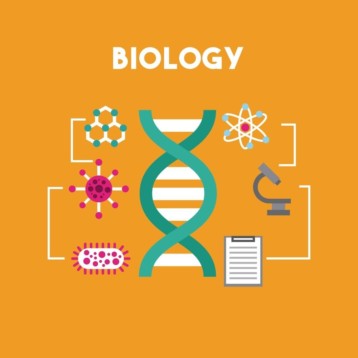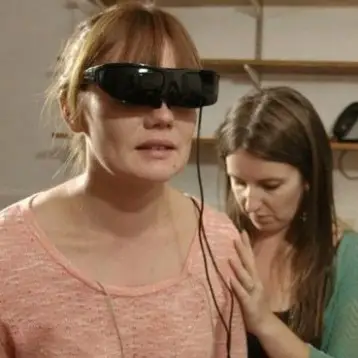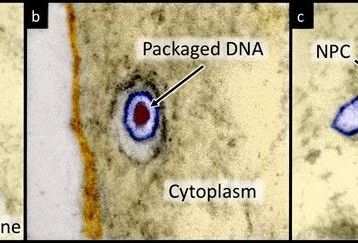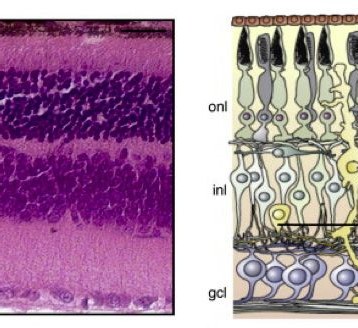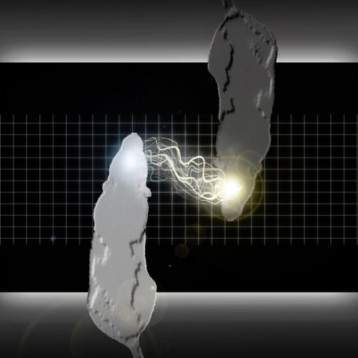|
While the cellular counters look very similar to computer circuits, the researchers note that they are not trying to create a tiny living computer. “I don’t think computational circuits in biology will ever match what we can do with a computer,” said Timothy Lu, a graduate student in the Harvard-MIT Division of Health Sciences and Technology (HST) who is also one of two lead researchers on the project.
There is a difficulty of computing within biological cells, where living cells are much harder to control than silicon chips. To overcome such issues, the team designed two small circuits that could count a specific aspect of cellular function. The first counter, called RTC (Riboregulated Transcriptional Cascade), contained a sequence of genes that generated a protein, which stimulated the subsequent gene in the chain.
In order to demonstrate this concept more clearly, the scientists explain that sugar, for example, stimulates a cell which subsequently produces the first protein in the sequence. This protein is also referred to as RNA polymerase, which is an enzyme that controls the transcription of another gene. During the second influx of sugar, the first RNA polymerase instigates production of the second protein, a different RNA polymerase. The RTC counter can therefore be ‘reset’ to start counting again, but is unable to ‘remember’ previous values.
The number of steps in a sequence is, in theory, limited only by the number of distinct bacterial RNA polymerases. “Our goal is to use a library of these genes to create larger and larger cascades,” said Lu. The timescale used in the counter is based on minutes and hours, what makes it easier for the researchers to monitor cell divisions and study ageing.
|
The second counter, which the scientists named DIC (DNA Invertase Cascade), can encode digital memory by storing a series of data ‘bits’. The process depends on an enzyme identified as Invertase. This enzyme is able to isolate a specific segment of the double-stranded DNA, reverse the sequence of this segment and replace it in reversed form into its original slot. The DIC Counter has a series of DNA sequences with an individual gene for each different invertase enzyme and it counts each time the gene is reversed.
The team hopes to apply their findings to program cells to act as environmental sensors to measure pollutants. Further developments in the cellular circuits could include being able to specify the length of time an input requires to be present in order to be counted. The researchers add that the technique could also make it possible to design cells, programmed to die after a certain number of cell divisions or night-day cycles.
“There’s a lot of concern about engineered organisms — if you put them in the environment, what will happen?” said Collins, who is also a Howard Hughes Medical Institute investigator. These counters, he says, “could serve as a programmed expiration date for engineered organisms.”
TFOT has previously written about the New ‘Chatter Box’ – a powerful super computer that mimics the part of the brain that controls speech and language functions. You are also welcome to check out our article on mind controlled bionic limbs that have already been tested on primates who have been trained to feed themselves using a robotic arm merely by thinking about it. TFOT also covered the nanocytometer – a device capable of locating specific cells in the blood stream.
Additional information on the counting circuits can be obtained at MIT’s website.
Icon image credit: Wikimedia Commons user Furfur




